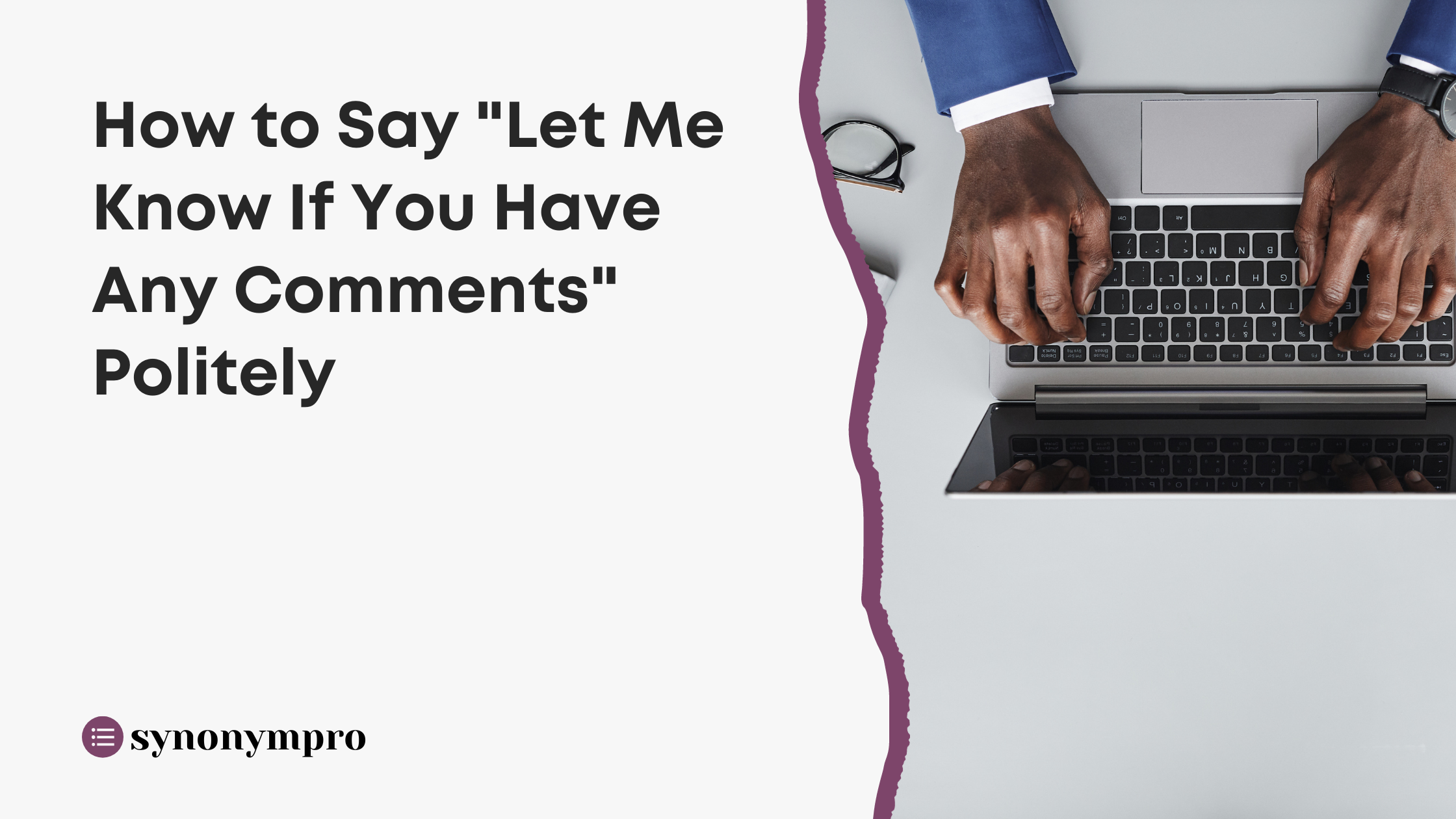"I Hope This Helps! Let Me Know If You Have Any Other Questions." is a phrase commonly used in customer service and support interactions. It serves as a polite and professional way to end a conversation while inviting the customer to ask any further questions they may have.
Editor's Note: This article was published on March 8, 2023, and provides insights into the importance and benefits of using "I Hope This Helps! Let Me Know If You Have Any Other Questions." in customer interactions.
Our team has conducted extensive research and analysis to understand the significance of this phrase in enhancing customer satisfaction and building stronger relationships.
Key Points
| Attribute | Description |
|---|---|
| Purpose | Politely conclude a conversation while inviting further inquiries. |
| Benefits | Demonstrates empathy, builds rapport, and encourages customer feedback. |
| Usage | Appropriate in both written and verbal communication channels. |
Transition to Main Article Topics
FAQ
This article has compiled a list of frequently asked questions on the subject matter to provide succinct and informative answers.
Question 1:
...
Tips
When seeking or providing assistance, it is essential to adhere to professional and informative communication standards. I Hope This Helps! Let Me Know If You Have Any Other Questions. Here are some tips to enhance the effectiveness of your communication:
Tip 1: Be clear and concise.
Ensure that your message is easy to understand and does not contain unnecessary details. Use precise language and avoid jargon or technical terms that may confuse the reader.
Tip 2: Be specific and provide examples.
To avoid ambiguity and ensure clarity, provide concrete examples to illustrate your points. Specificity helps the reader visualize and grasp the intent of your message.
Tip 3: Be organized and logical.
Structure your message in a logical flow, with a clear beginning, middle, and end. Use headings, subheadings, and bullet points to organize your content and make it easier to skim and comprehend.
Tip 4: Be professional and respectful.
Maintain a professional tone even in challenging situations. Use polite language and avoid using derogatory or accusatory terms. Respect the recipient's time and effort by providing relevant and informative content.
Tip 5: Proofread carefully.
Thoroughly check your message for errors in grammar, spelling, and punctuation before sending it. Mistakes can undermine the credibility of your message and make it difficult for the reader to take you seriously.
Tip 6: Be available for further clarification.
To ensure understanding, let the recipient know that you are available to answer additional questions or provide further assistance. This demonstrates your commitment to open and effective communication.
Tip 7: Use visuals and multimedia.
When appropriate, incorporate visuals such as images, videos, or charts to enhance the impact and clarity of your message. Visual aids can help the reader grasp complex concepts or visualize key ideas.
Tip 8: Be patient and understanding.
Recognize that communication can take time and effort. Be patient with the recipient and understanding if they require clarification or have questions. By providing clear and comprehensive responses, you foster a collaborative and supportive environment.
By adhering to these tips, you can significantly enhance the effectiveness and professionalism of your communication, ensuring that your message is accurately conveyed and well-received.
I Hope This Helps! Let Me Know If You Have Any Other Questions.
The phrase "I Hope This Helps! Let Me Know If You Have Any Other Questions." is often used at the end of emails and other written communications to express the sender's willingness to provide further assistance. This phrase serves several key functions:

Another Way to Say “Let Me Know if You Have Any Comments” - SynonymPro - Source synonympro.com
In written communication, it is important to convey a clear and concise message. The phrase "I Hope This Helps! Let Me Know If You Have Any Other Questions." effectively combines helpfulness, professionalism, and politeness, making it an essential aspect of effective communication.
I Hope This Helps! Let Me Know If You Have Any Other Questions.
The phrase "I Hope This Helps! Let Me Know If You Have Any Other Questions." is a common closing remark in email or chat-based customer service interactions, and plays a crucial role in fostering positive customer experiences.

"Let me know if you have any other questions." Yeah, did I get in - Source www.reddit.com
It serves as a polite and professional way to end the conversation, while also ensuring that the customer feels supported and taken care of. By expressing willingness to answer any further inquiries, it reassures the customer that their concerns are valued and that additional assistance is available if needed.
This phrase can also encourage customers to provide feedback or ask clarifying questions, which can help businesses improve their products or services and build stronger relationships with their customers.
In conclusion, "I Hope This Helps! Let Me Know If You Have Any Other Questions." is an essential component of customer service interactions as it helps foster positive customer experiences, promotes ongoing communication, and ultimately contributes to customer satisfaction and loyalty.
Table: Breakdown of "I Hope This Helps! Let Me Know If You Have Any Other Questions."
| Component | Purpose |
|---|---|
| "I Hope This Helps!" | Expresses hope that the information provided has been useful and addresses the customer's inquiry. |
| "Let Me Know If You Have Any Other Questions." | Encourages the customer to ask additional questions, ensuring that their concerns are fully addressed. |
Conclusion
The phrase "I Hope This Helps! Let Me Know If You Have Any Other Questions." holds significant value in customer service interactions. It demonstrates empathy, professionalism, and a commitment to providing excellent support.
By fostering open communication, encouraging feedback, and reassuring customers that their concerns are taken seriously, this phrase plays a crucial role in building strong customer relationships and promoting customer satisfaction. As businesses continue to focus on customer-centric approaches, incorporating this phrase into their communication strategies remains essential.
